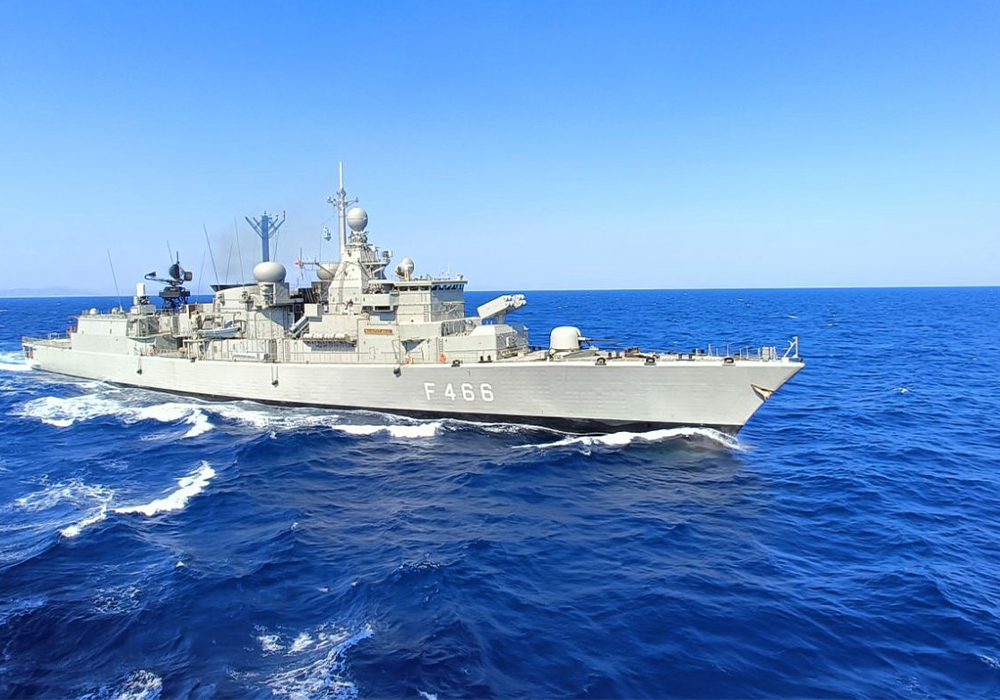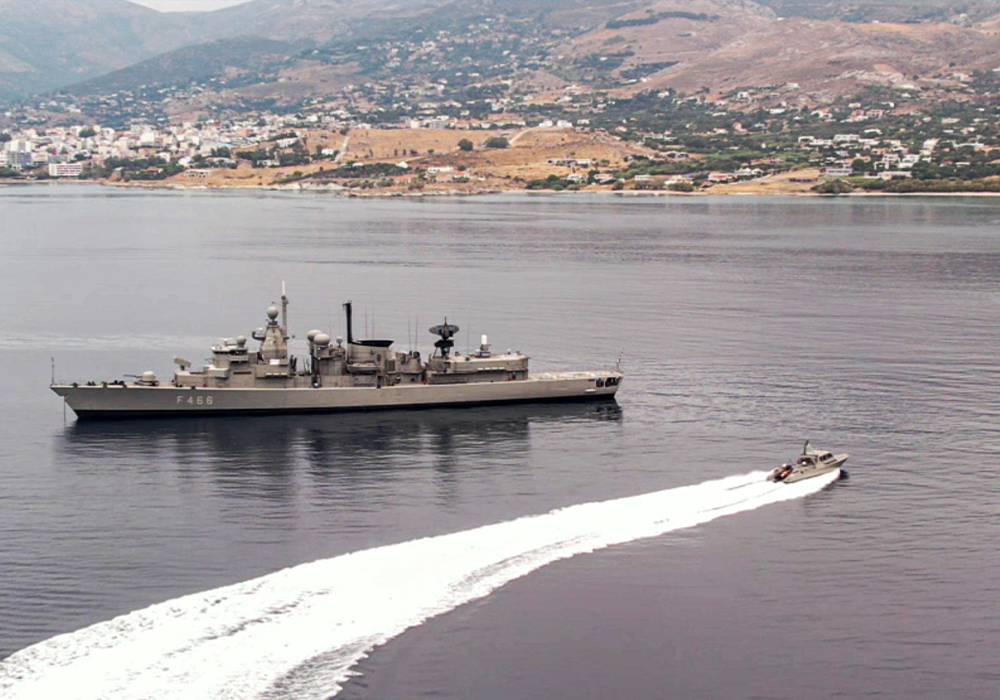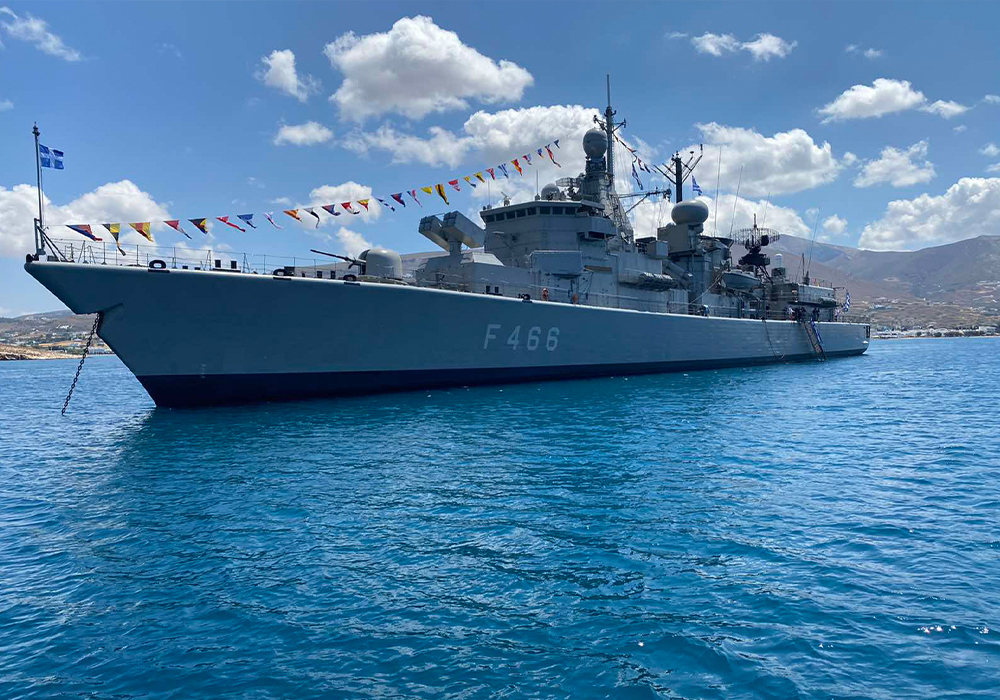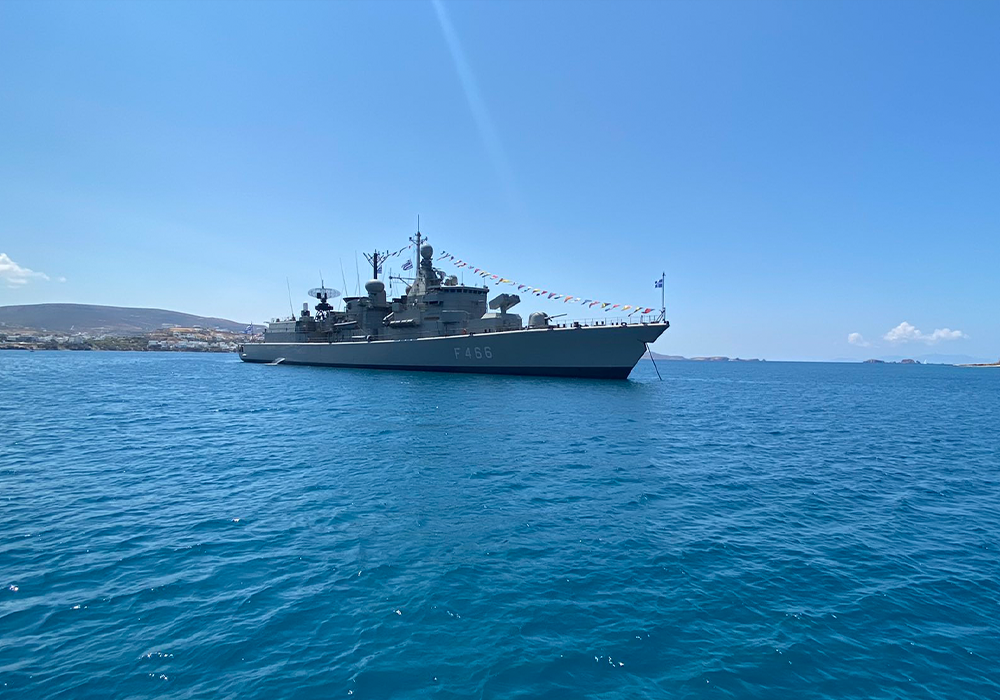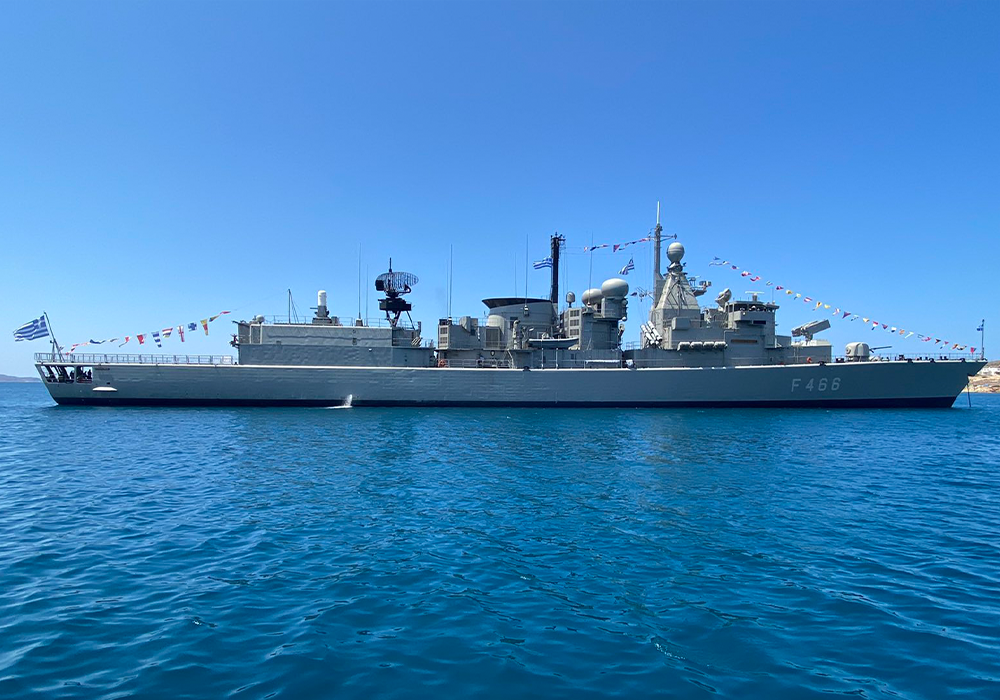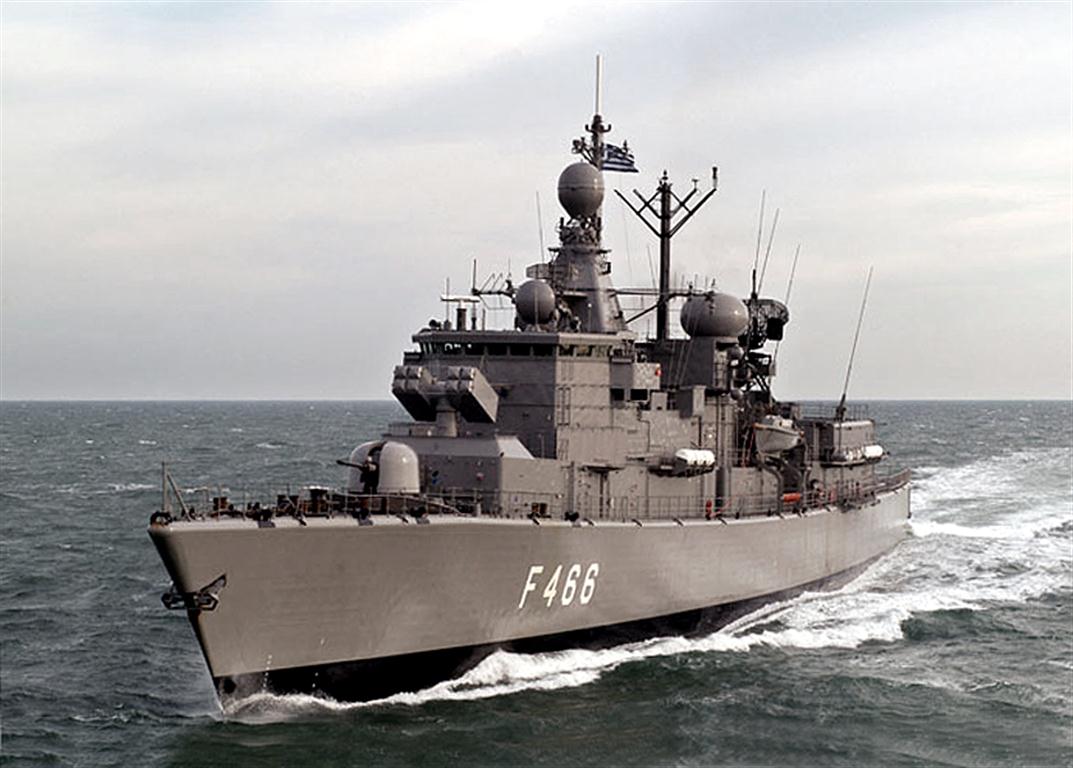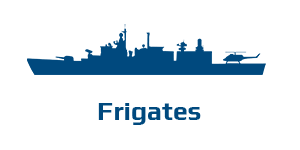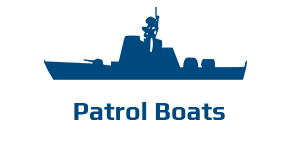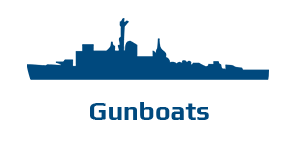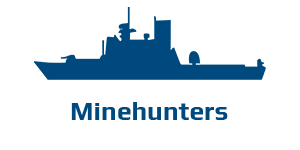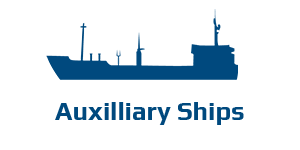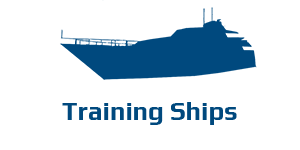HELLENIC
HS NIKIFOROS FOKAS (F 466)
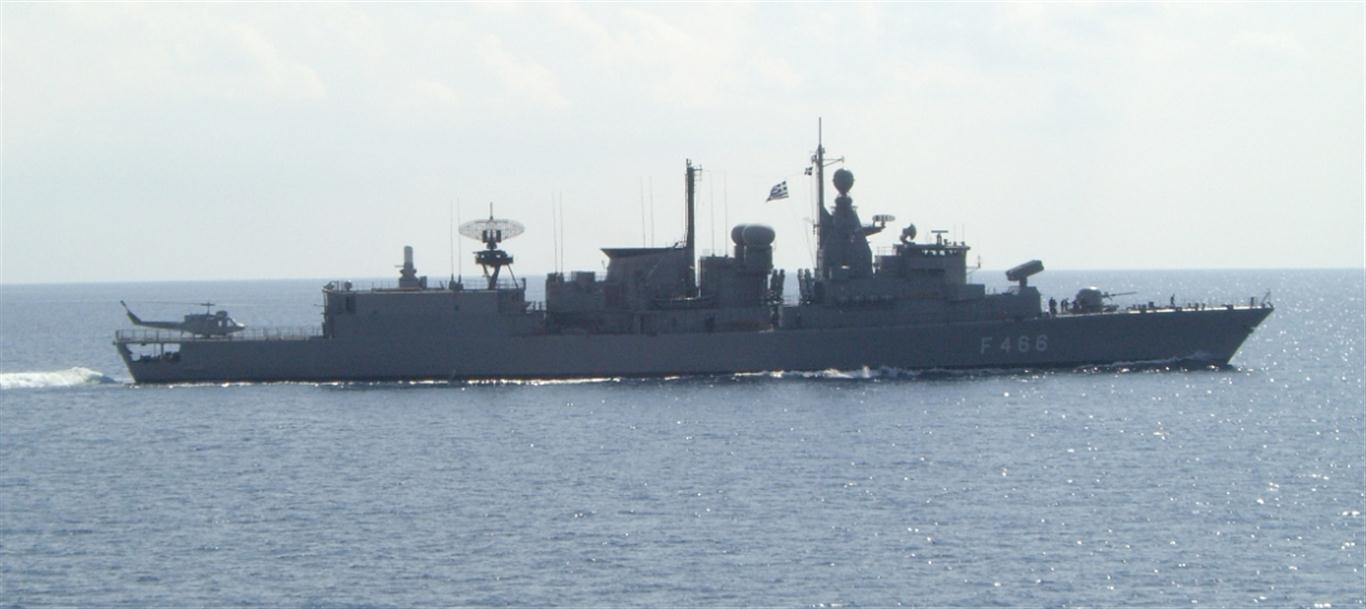
Crest
The ship is named after Prometheus, the mythical benefactor and protector of the people who, in violation of Zeus commandments, gave to people among many others the fire.
Technical Characteristics
History
HS NIKIFOROS FOKAS (F-466) is the tenth and last “S” class frigate of the Greek Navy (HS ELLI, HS LIMNOS, HS ADRIAS, HS AIGAION, HS NAVARINON, HS KOYNTOURIOTIS, HS BOUBOULINA, HS KANARIS, HS THEMISTOKLIS), build in Dok en Werfmaatschappij dockyards at Fijenoord The Netherlands on 15th November of 1980 and commissioned on 25th November 1982 by the name of “BLOYS van TRESLONG”(F-826). Greek Flag was hoisted and the ship was included in Frigate Command in Den Helder Netherlands on 19th November 2004 and the first Greek CO, was Commander P. PATSOUNEAS HN. HS NIKIFOROS FOKAS attended a training period in Plymouth England (FOST) in March 2005. Arrived at Greece on 28th March 2005.
In recognition of the heroic Byzantine general and Emperor Nikiforos Fokas and wanting to show the unbreakable historical continuation of the Greeks, the Greek Navy gives for the first time the name of the Byzantine Hero to a ship.
Nikiforos Fokas origin was from the great military family of Fokades from Cappadocia. He gave great importance to naval power and lead as a seagoing General (Admiral) the largest amphibious operation the Middle-age Greeks ever did and as a result of which, Crete was liberated from the Arabs. In 960, the afterwards emperor was in charge of the expedition for the liberation of Crete from the Arabs. He gathered the Byzantine Army and Navy and after nine months of dramatic siege, in March 961 he conquered Chandaka and brought Crete back to Byzantium for the next 250 years. Three years later as an Emperor (in age 963 he became emperor of the Byzantium in the Temple of Aghia Sophia) he ordered the Byzantine’s fleet Commander to liberate Cyprus. The well done operations had a result of rebirthing Greek patriotism at the islands and the settle down of the Byzantium in eastern Mediterranean. The heroic emperor was murdered in the night of 10th December 969.

